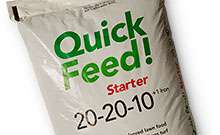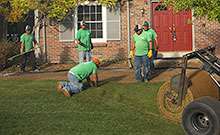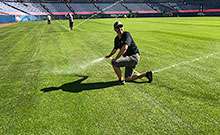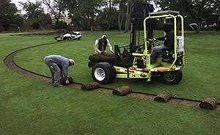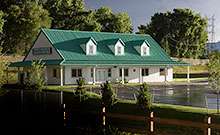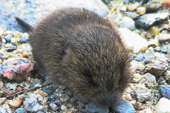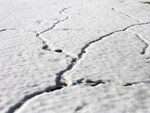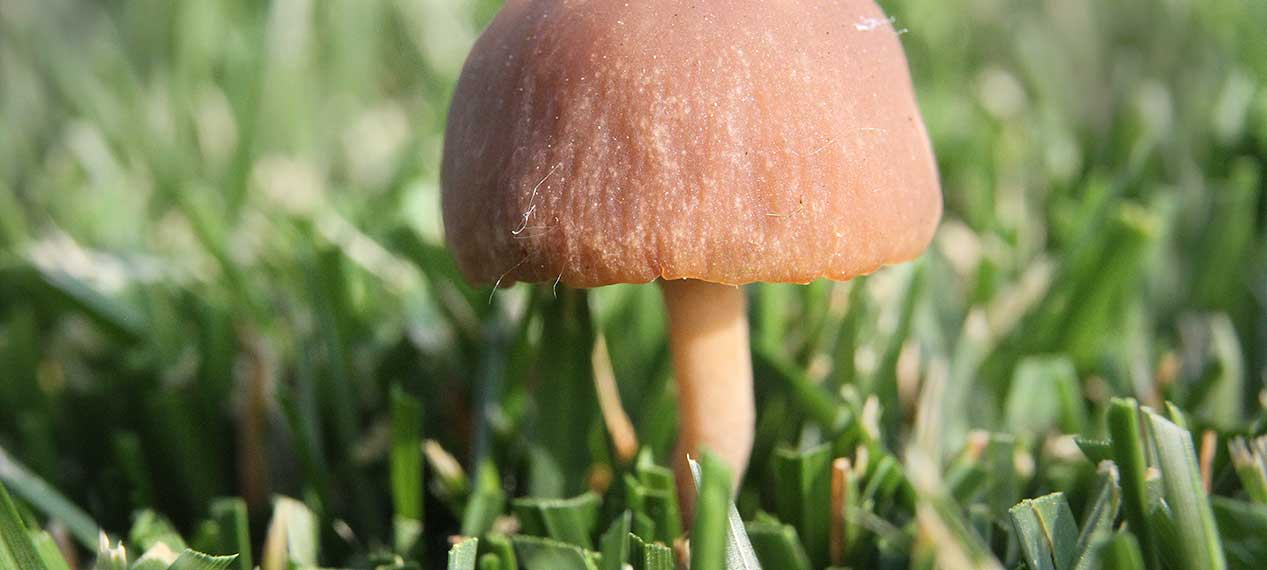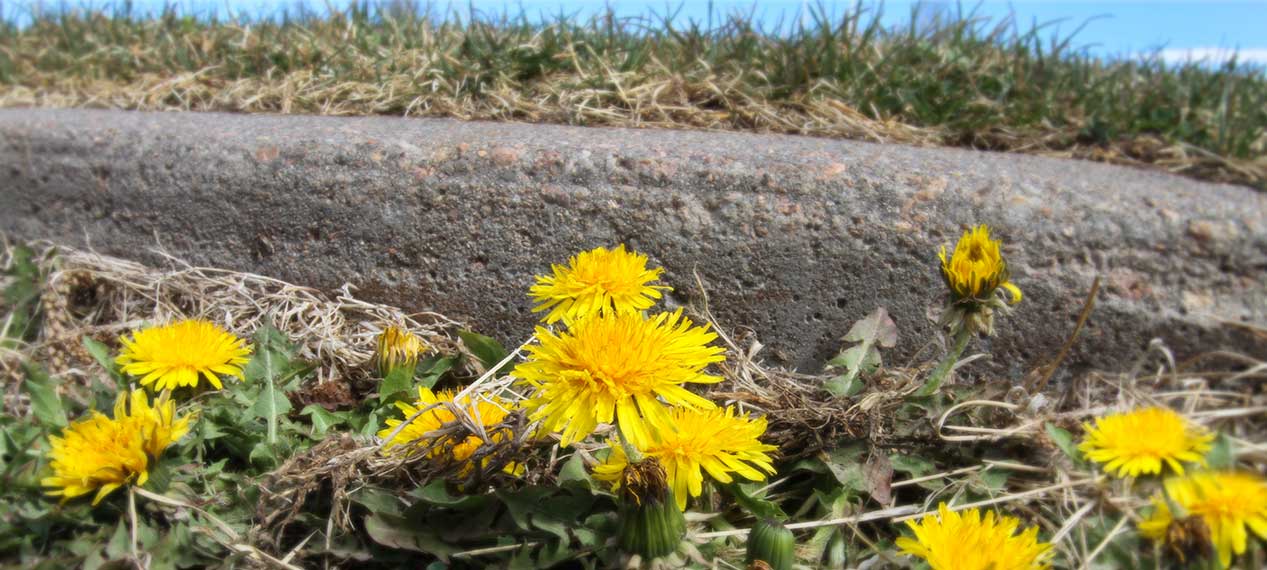Mowing Your Lawn In Spring

Tackling that first mow of the year is a perfect way to get moving, enjoy some fresh air and bask in that Colorado sunshine! Mowing is an important part of spring lawn maintenance and plays a vital role in creating a healthy and productive growing season. Mowing helps to remove the dead grass left over from winter, stimulates new growth, and thickens your lawn up to have a strong base before summer heat kicks in. By being proactive in the spring, you set your lawn up for success all year long!
When to Mow
It can be difficult to tell when to start mowing as your grass slowly begins to start greening up. As regions vary on when they tend to warm up, there’s no set date on when to start. However, a general rule of thumb is to let the temperature rise consistently above 40 degrees Fahrenheit so that the grass and soil have completely thawed. It’s also wise to allow at least 2-3 inches of new growth to occur so that it doesn’t shock the lawn.
Mower Maintenance
Another important step in spring lawn care is maintaining your mower. Change the oil, air filter, and spark plug. Clean off excess dirt and dried grass clippings (unplug the spark plug before working near the blade of course!) And finally, make sure that the blades are extra sharp. Mowing with dull blades tears the leaves of grass and can leave your lawn more prone to insect damage and disease.
Follow The Rule of Thirds
You never want to cut more than 1/3rd the length of the blade off when mowing. Doing so severely stresses the turf and can lead to scalping and yellowing. Even when your lawn is very overgrown, you don’t want to mow more than 1/3 of the blade off. Instead, change the height of the mower and then lower it every 2-3 days until the grass reaches the desired height. For bluegrass, you want it to be between 2-3″ and for tall fescue, you’ll want to keep it between 2.5-3.5”.

Frequency of Mowing
In early spring, when the grass is still growing more slowly, you can mow once every week or two. But once spring kicks into high gear and your grass really starts to grow, it’s a good idea to mow every 4 to 6 days to keep your lawn manicured. By keeping blades short, it allows more sunlight to come in and heat up the soil, which in turn promotes growth and causes the sod to thicken up. So if there are any patches or your lawn is a bit sparse, try mowing more frequently and maintaining a regular watering schedule to get it back on track.
In summary, by being mindful of your lawn and mowing it properly in spring, you can set it up for success all year long. By taking good care of your mower and paying attention to the length of your grass, you can help your lawn grow thick, resilient, and brilliantly green. So go get outside and make your lawn look beautiful as we enjoy spring here in the front range!






